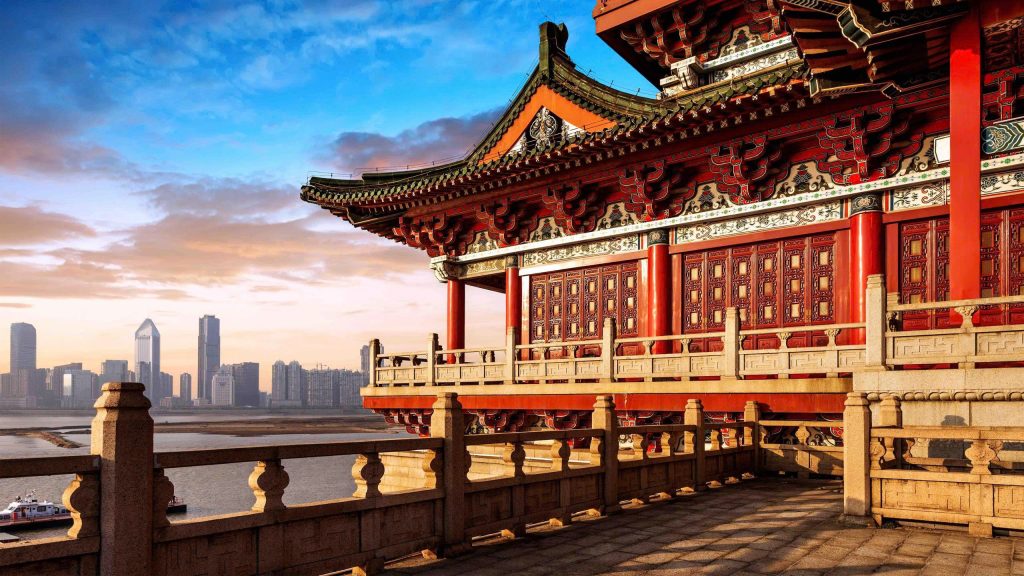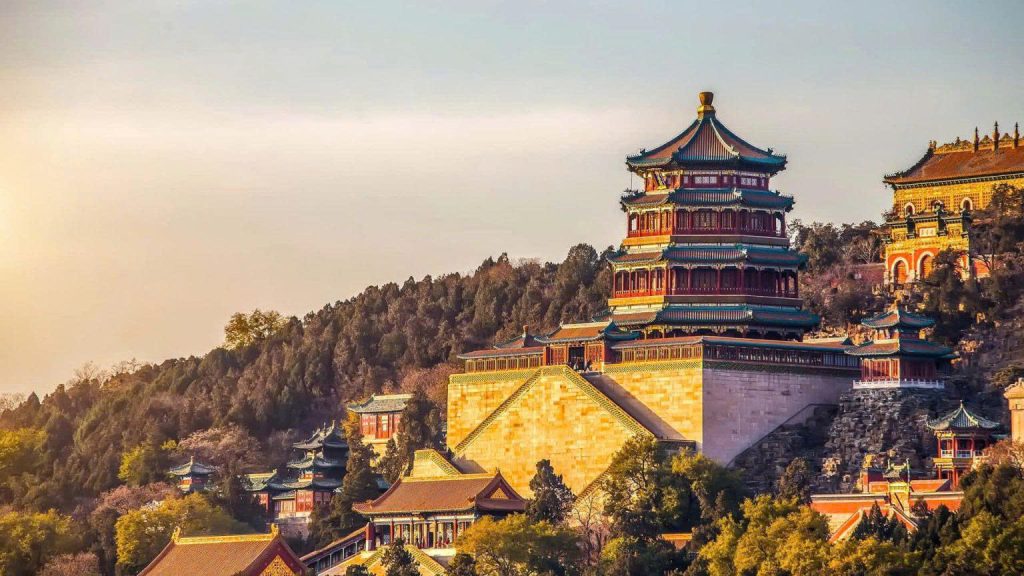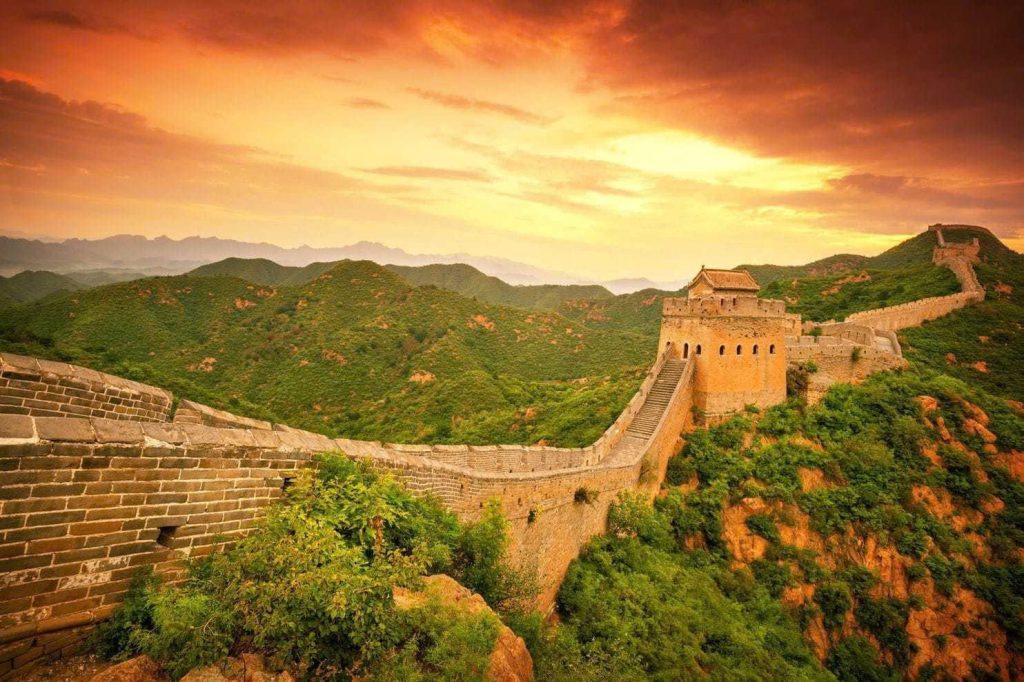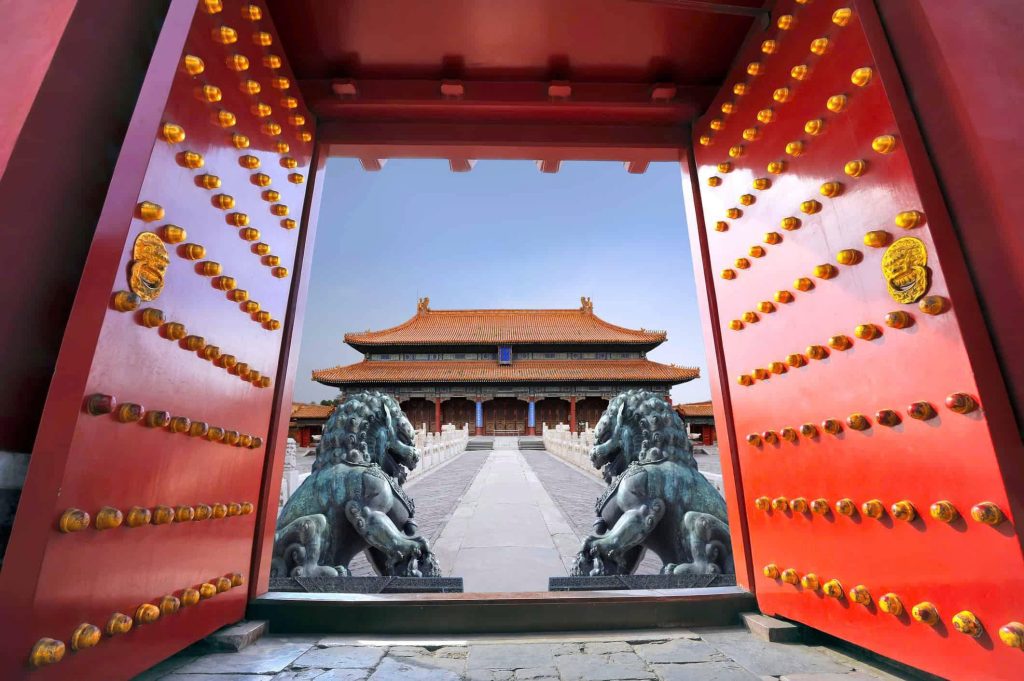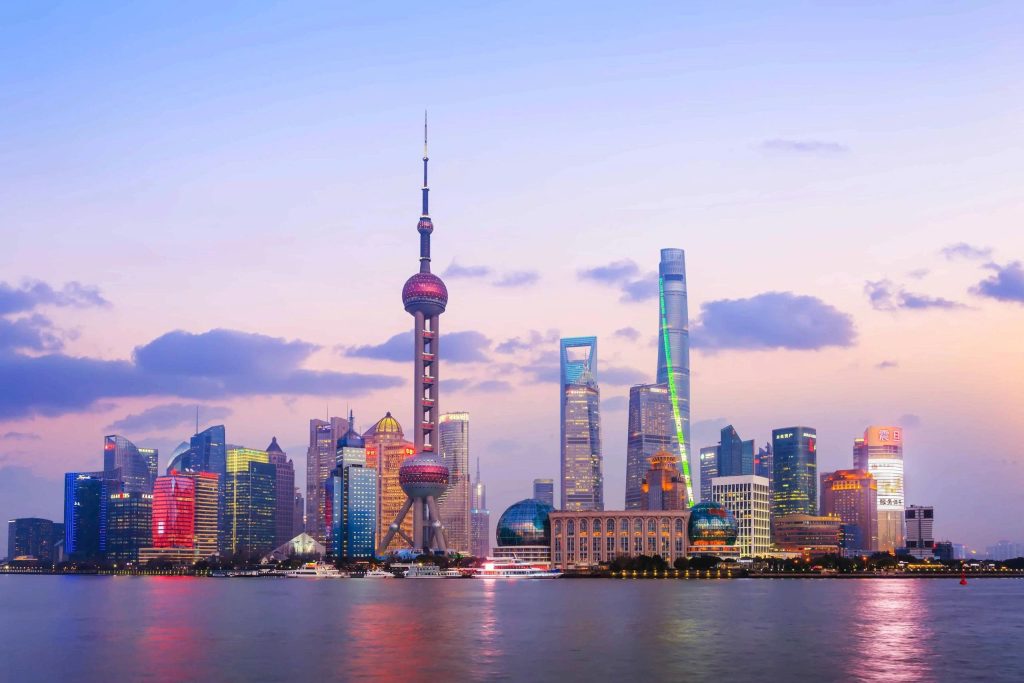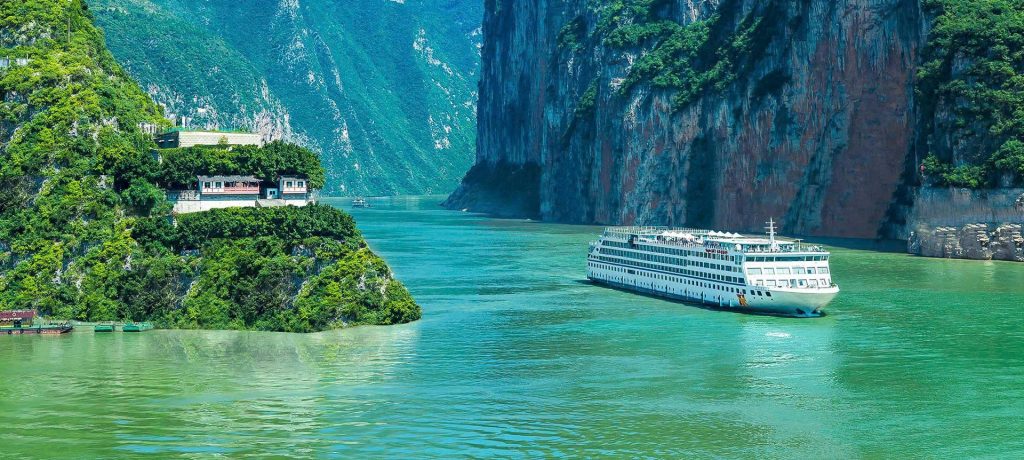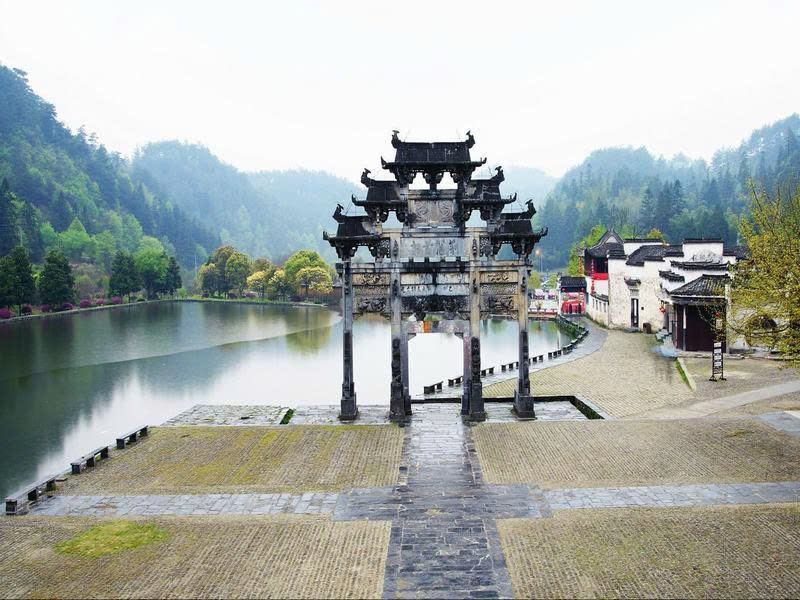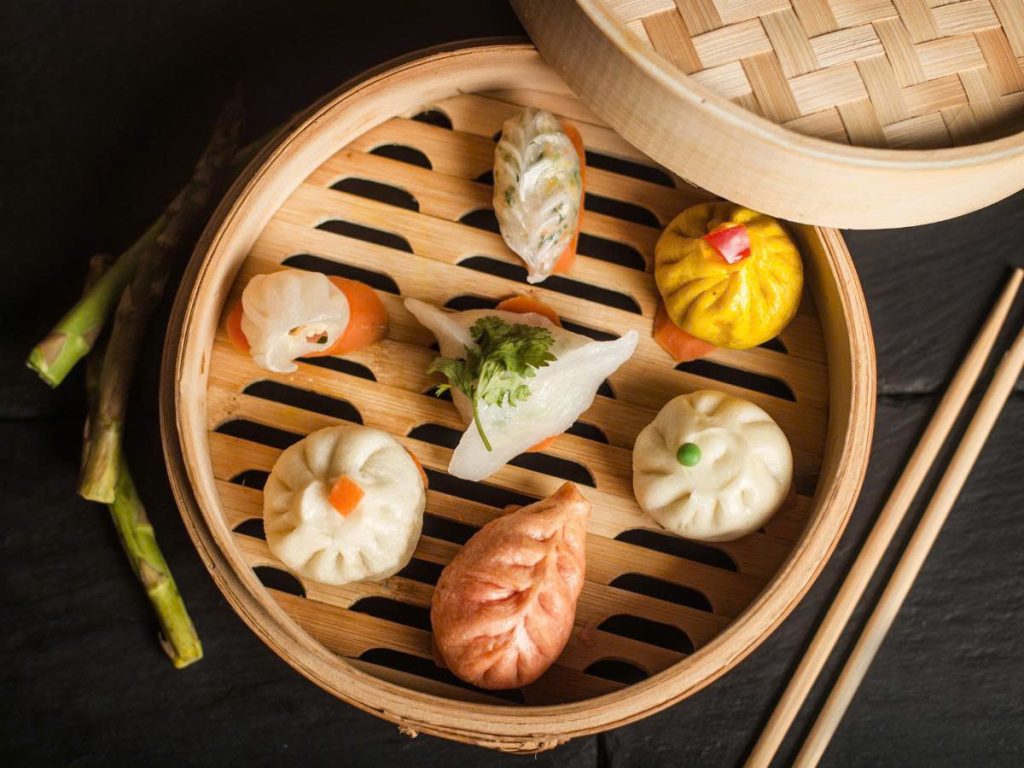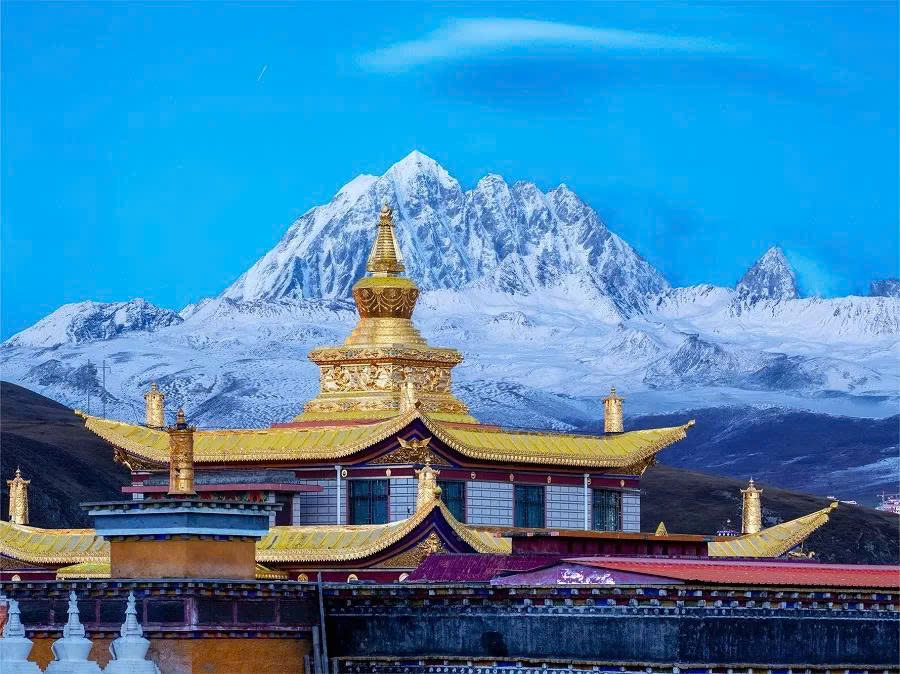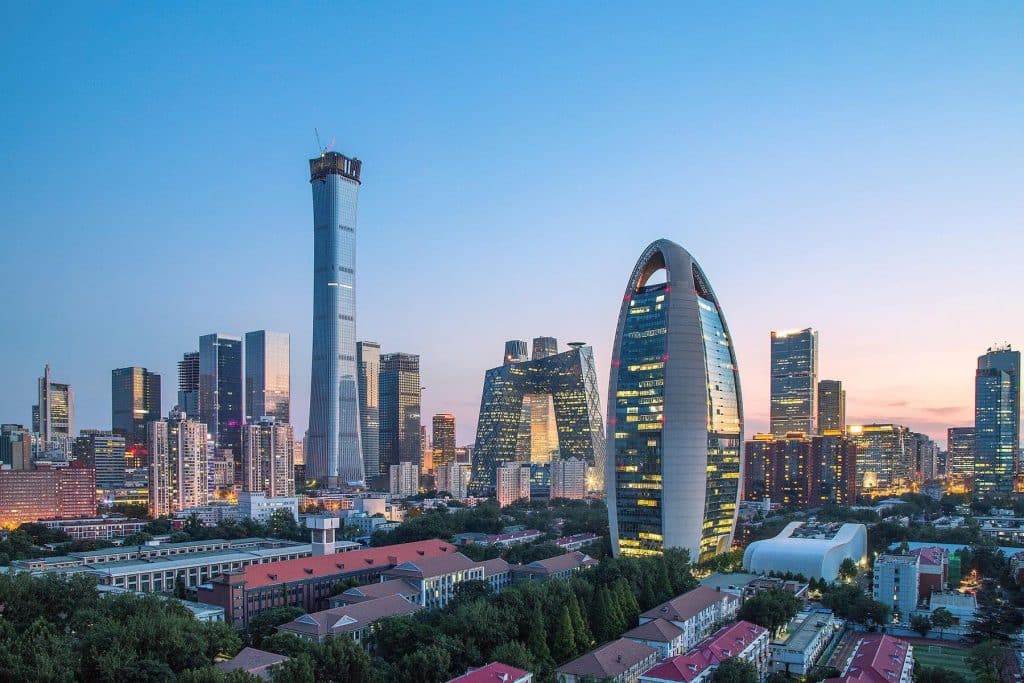Planning a trip to China is a grand undertaking. As one of the largest countries in the world, its sheer size means that weather and cultural events vary dramatically from one region to another. Choosing the right time to go isn’t just about avoiding rain; it’s about aligning your trip with your interests, whether you’re seeking vibrant festivals, epic hikes, or quiet, crowd-free sightseeing. This comprehensive guide will walk you through everything you need to know, from seasonal highlights to public holidays, so you can pick the perfect time for your unforgettable adventure.
When is the Absolute Best Time to Visit?
For most travelers, the best times to visit China are during spring (April-May) and autumn (September-October). These seasons offer the most comfortable weather for exploring major cities like Beijing, Shanghai, and Xi’an, and for engaging in outdoor activities. The skies are generally clear, temperatures are pleasant, and the scenery is spectacular.
However, the “best” time for you depends on what you want to experience. Let’s break down each season to help you decide.
Autumn: The Golden Season (September – October)

Autumn is the consensus pick for a reason. The weather is stable, dry, and mild across most of the country, making it ideal for a wide range of activities.
- Why You’ll Love It:
- Perfect Weather: The hot, humid summer air gives way to cool, comfortable temperatures. This is prime time for walking tours, cycling, and hiking.
- Spectacular Scenery: The foliage in places like the Great Wall of China and the scenic landscapes in Jiuzhaigou National Park turn into stunning displays of red, orange, and gold.
- Festivals: The Mid-Autumn Festival, a time for family reunions and mooncakes, often falls in September or early October, providing a beautiful cultural experience.
- What to Watch Out For:
- High Prices: As the peak tourist season, flight and hotel prices are at their highest. Book well in advance to secure good rates.
- Crowds: Expect major tourist sites to be very crowded, especially during the Golden Week holiday. This national holiday (the first week of October) sees millions of domestic tourists traveling, leading to packed trains, flights, and attractions. It’s highly recommended to avoid traveling during this specific week.
Spring: The Blooming Season (April – May)
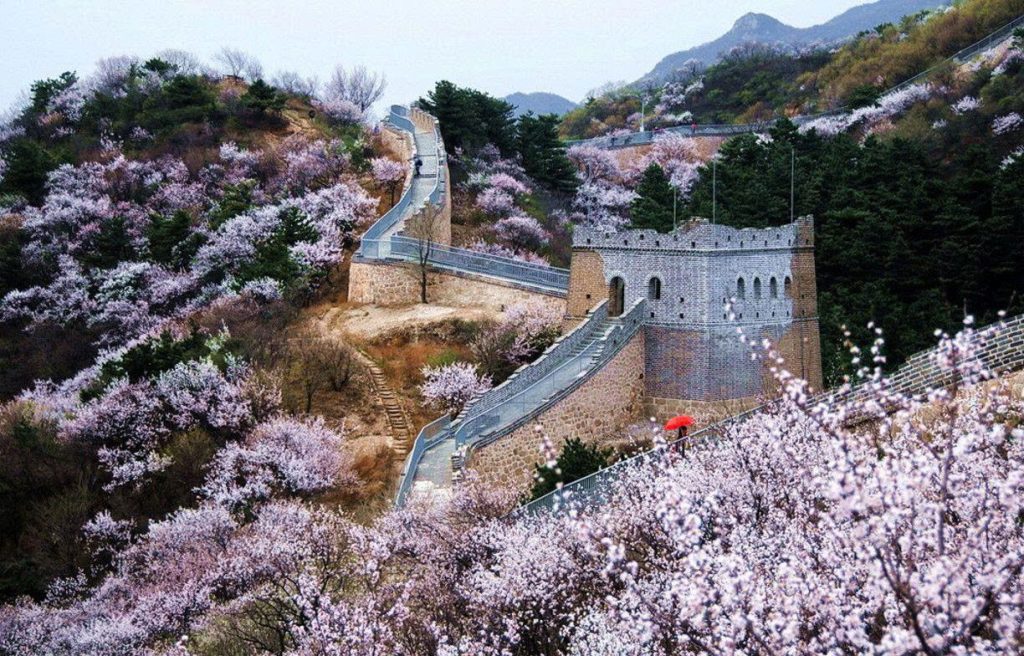
Spring offers a delightful travel experience with blooming flowers, comfortable weather, and generally fewer crowds than autumn.
- Why You’ll Love It:
- Ideal Weather: Temperatures are perfect for exploring. The air is fresh and the environment is lush and green.
- Natural Beauty: In April, you can see cherry blossoms in full bloom in cities like Wuhan and Dalian. The landscapes around the Yangtze River and Guilin are vibrant and misty, creating picturesque scenes.
- Shoulder Season: While popular, it’s generally less crowded and slightly more affordable than the autumn peak.
- What to Watch Out For:
- Early Rain: The southern parts of China, including Shanghai and Guilin, may start to see the “plum rain” season in late May. This period can bring frequent showers.
- Variable Temperatures: Early spring, especially in March, can still be quite cool, so you’ll need to pack layers.
Summer: The Hot and Humid Season (June – August)
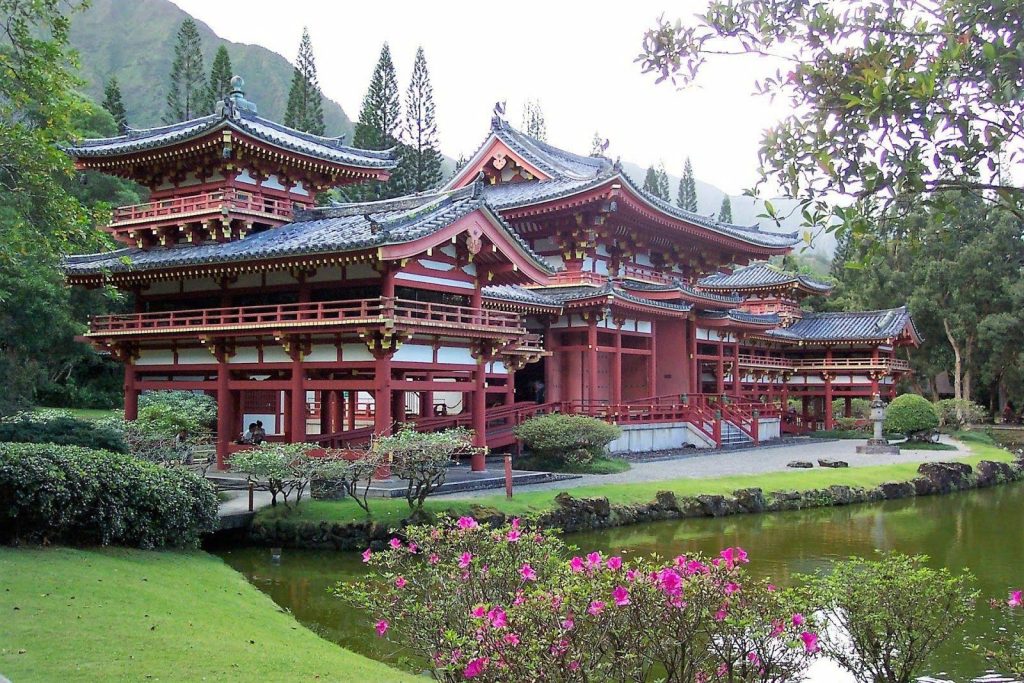
Summer is the high season for tourism, particularly for families traveling with children. It offers long daylight hours but also comes with significant heat and crowds.
- Why You’ll Love It:
- Extended Daylight: You have more time for sightseeing and activities.
- Active Scene: Cities are buzzing with energy, and all tourist sites are fully operational.
- What to Watch Out For:
- Extreme Heat: Cities like Xi’an, Wuhan, and Chongqing are known as the “Three Furnaces” of China due to their intense heat and humidity.
- Heavy Rain: Southern China can be affected by the monsoon season, with heavy rain and occasional typhoons.
- Massive Crowds: This is peak domestic travel season. Expect long queues and crowded attractions everywhere.
- Recommendation: If you must travel in the summer, consider heading to cooler, high-altitude regions like Tibet or the grasslands of Inner Mongolia to escape the heat.
Winter: The Low Season (December – February)
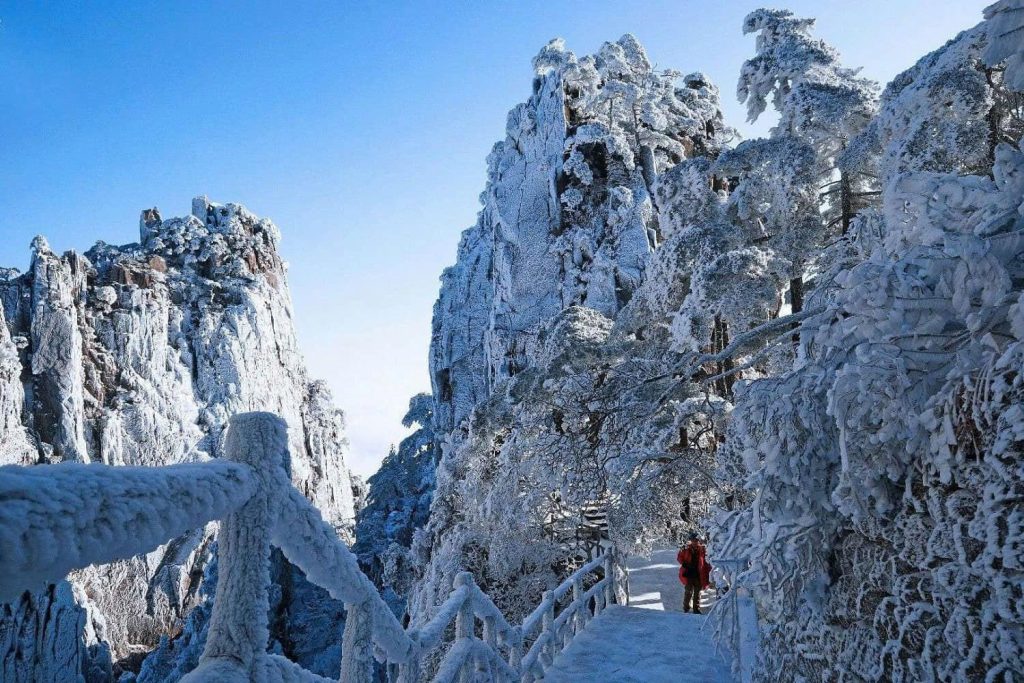
- Why You’ll Love It:
- Fewer Crowds: You’ll have major sites to yourself. Visiting the Forbidden City in Beijing in winter, for example, is a serene and peaceful experience.
- Lower Prices: Flights and hotels are at their cheapest.
- Unique Experiences: The snow-covered landscape of the Great Wall is breathtaking. In northern China, you can attend the famous Harbin International Ice and Snow Sculpture Festival, a truly magical event.
- What to Watch Out For:
- Extreme Cold: Northern cities like Beijing and Harbin can be bitterly cold.
- Chinese New Year: The Spring Festival (Chinese New Year) is a major holiday, with travel disruptions, packed trains, and many shops closing for a week or more. It’s best to avoid traveling during this period unless you are visiting a specific family or friend in China.
China’s Climate: A Geographic Breakdown
China’s climate is so vast that it’s more useful to think in terms of regions.
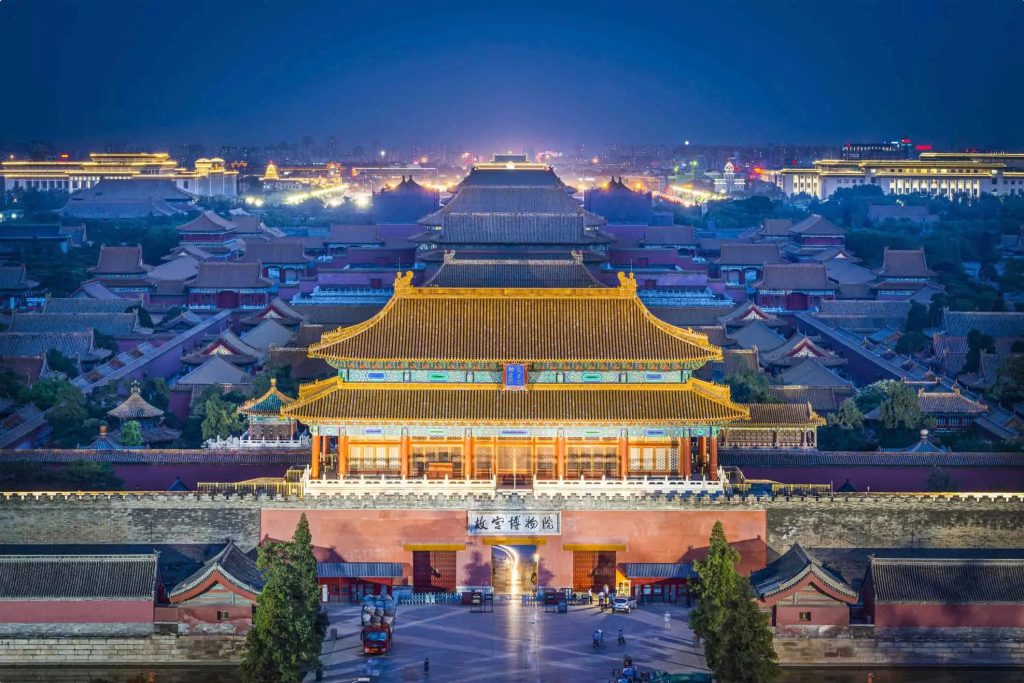
- Northern China (Beijing, Harbin): Cold, dry winters and hot, rainy summers. Spring and autumn are the best seasons here.
- Central China (Shanghai, Xi’an): Has four distinct seasons. Summers are hot and humid, while winters are chilly but not as severe as the north.
- Southern China (Guangzhou, Guilin): Sub-tropical climate with hot, humid summers and mild winters. It can rain a lot, especially in May and June.
- Western China (Tibet, Chengdu): High-altitude regions have a cooler, more arid climate. Chengdu in Sichuan has a mild, humid climate year-round.
RELATED: Top 5 Cities to Visit in China for First-Timers
Your Month-by-Month Guide: Planning Your Itinerary
To simplify your decision, here is a quick month-by-month guide:
| Month | Highlights | Destinations to Consider |
| January/February | Harbin Ice Festival, lower prices, fewer crowds. | Harbin, Yunnan Province, Hainan Island. |
| March/April | Spring blossoms, pleasant weather. | Beijing, Shanghai, Guilin. |
| May | Warm weather, ideal for hiking. | Xi’an, Sichuan (Chengdu) for panda viewing. |
| June/July | Long days, but very hot. | The Yangtze River, Qinghai-Tibet Plateau. |
| August | Best for grasslands and high-altitude areas. | Inner Mongolia, Tibet. |
| September | The first part of the peak season; perfect weather. | All major cities, Great Wall, Zhangjiajie. |
| October | Clear skies and stunning autumn foliage. | All major cities, Guilin, Xi’an. |
| November | Cool and calm; ideal for a relaxed trip. | Shanghai, Hong Kong, Yellow Mountains. |
| December | Winter scenery, Christmas lights. | Shanghai, Harbin, southern provinces. |
RELATED: Ultimate China Travel Guide: Visa, Costs, and Tips 2026
While spring and autumn are the safest bets for most travelers, don’t rule out the other seasons. If you’re on a budget or want to see a specific event like the Harbin festival, a winter trip might be perfect. No matter when you choose to go, careful planning will ensure you have an amazing time exploring the wonders of China.
- Perfect 3-Day Central Vietnam Itinerary: Da Nang, Hoi An & Hue
- How to Get a Long-Term Visa for Digital Nomads in Vietnam
- 20 Things to Do in Beijing: Ultimate Guide to History and Culture
- Vietnam War History Guide in Hue: Historic Battlefields
- Vietnam 7-Day Itinerary: Explore the Best of this Incredible Country

